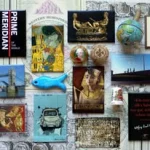Hukvaldy is a village in the Moravian-Silesian Region. On its coat of arms, you can find a blue lyre, red battlements and a red fox. While the battlements symbolize the former castle (today its ruins are among the largest in the Czech Republic)…

…the other two symbols are linked to the most famous native, the Czech music composer Leoš Janáček.

We saw a similar lyre while walking around the village, near the former school. The school building was created by rebuilding the cooperage of the brewery. Pupils studied here until 1980.

It is the building in which Leoš Janáček was born on July 3, 1854. Today, it is hard to imagine that a family with 14 children lived in only this one room, moreover, in those days it was one meter smaller, unheated and with a leaky roof. From one window, you can still see the church tower, from the other – the former brewery.

Janáček’s father was a teacher, he earned very little. When their son’s musical talent became apparent, they sent 11-year-old Leoš to study in a monastery in Brno. It was led by his father’s friend, who took care of the boy and paid his school fees. Janáček continued his studies in Prague, Vienna and Leipzig, then worked at the school in Brno as an organ teacher. He also made extra money as a piano teacher, which is how he met his future – 10 years younger – wife Zdenka.
His work was initially rejected. Janáček had a distinctive, original style based on the folk music of the Moravian regions. He very much liked and often returned to Hukvaldy, where he also collected folk songs but even human speech, which he called a window to the soul. According to him, speech is an expression of a person’s nature and their current state of mind, and Janáček was convinced that it can be objectively recorded using musical notation.

In the building where the composer was born, there is now a museum where you can learn about the main landmarks of his life and see photos of him and his family. At the end of the exhibition, there is a small shop where you can also buy a plush fox. Why a fox? One of Janáček’s most important operas is The Cunning Little Vixen. The main character is a wise fox.
However, Janáček made his name worldwide with another work – the opera Jenufa (often called the “Moravian national opera”). The composer worked on the opera for ten years, and in the year of its completion, he suffered the greatest blow of his life – his only daughter Olga died of typhus at the age of 21.

Hukvaldy became his alternative living space, where he felt firmly anchored in his family and friendly relationships. He came here during the holidays, lived with the Sládek family (a ranger and castellan at the castle), wrote down folk songs and dances and drew new energy in nature for his further teaching and composing activities. Even today, there is Janáček’s bench at his favorite place on one of the local hills, which offers a nice view of the surroundings.

A few years later, Janáček bought a house in the village. That house – no. 79 – still stands and is open to the public as the Leoš Janáček Memorial.

The historic interior is original. Sometimes you get the impression that the composer had just left for a walk or maybe to Prague for the premiere of one of his new operas…


During our visit, the harmonium, which was under repair, was missing. However, while we were looking around the house and the interactive exhibition with a gentle dose of humor, the harmonium was just brought in from repair and placed against the wall in the living room. We even witnessed a shorter concert.

Afterwards, we discovered not only delicious ripe cherries in the garden but also Leoš Janáček in life size (he was said to be smaller in stature after his mother, while he inherited an explosive nature from his father)…

…but also bowling, which he liked to play in the local tavern.

Information on visiting the house: Leoš Janáček Foundation (open April – October from 10.00 a.m. every day except Monday)

If you ever visit Hukvaldy, be sure to go for a walk in the nature reserve. It was founded in 1567 by Bishop Vilém Prusinovský of Olomouc. When he received a gift of 20 fallow deer from Emperor Maximilian, he fenced off a piece of forest for them. Today, it is a unique natural monument. In addition to fallow deer, mouflons and wild boars also live here.

We also saw several trunks of old trees. Their cavities serve as a habitat for Osmoderma barnabita, a highly endangered species of beetle in the Czech Republic.

And then we found a statue of the Cunning Vixen in the nature reserve, which reminded us again that Leoš Janáček also used to walk here.

Throughout his life, the composer wrote down and collected not only songs and speech, but among his more than 3,000 musical notes, you can also find the whistle of a mosquito, the buzz of a bee, the barking of a dog or the crowing of a rooster (but also, for example, the creaking of parquet floors 🙂 ).

However, Leoš Janáček did not spend his time only in his native Hukvaldy. He taught 30-40 hours a week, conducted a singing club and a monastery choir, prepared concerts, composed musical works… His health was also affected by the death of his daughter… That is why he often visited the nearby Luhačovice spa. Here in 1917, he met Kamila Stösslova. He was 65 years old, his marriage had been empty for a long time. Kamila was 25, married and had two children. She found a friend in Janáček, and he found a source of inspiration in Kamila, a dream ideal of a woman. His fast pace of life began to show in his compositions as well. It is said that the older Janáček was, the younger and more expressive his music became.
Janáček wanted to invite Kamila to his birthplace and show her his house and his favorite places. She refused it for a long time, but then she came with one of her sons. They went for a walk in the forest where the boy got lost. Everyone was looking for him. In addition, a storm rolled in. The exhausted Janáček caught a cold and died 14 days later in an Ostrava hospital (August 12, 1928). Although he wished to be buried in Hukvaldy with his parents, his grave is in Brno.

In honour of the great native, the Leoš Janáček International Music Festival considered the third most important classical music festival in the Czech Republic, has been held since 1976 in several cities of the Moravian-Silesian Region. The main centers of the festival are Hukvaldy and Ostrava as the places of his birth and death. The goal of the festival is the presentation of Janáček’s works and the promotion of Czech music, including contemporary music.
Extra tip: whether after a walk in the village, but especially after a walk in the nature reserve, you will definitely get hungry. I recommend the restaurant U námořníka (At the Sailor’s), which I have already visited twice and was always very satisfied. On my first visit, I tasted a typical “frgál” cake for the first time; the best one is with a pear filling.

During the second visit, I ordered traditional sauerkraut soup “kyselica” and roasted rabbit with asparagus and homemade gnocchi with wild garlic. Truly delicious!


The restaurant also includes a guest house and a shop with ceramics and various cute gifts.
More information: U námořníka

More information about other interesting destinations in the Czech Republic: Visit Czechia
Text: © Copyright Ingrid, Travelpotpourri
Fotos: © Copyright Ingrid, Travelpotpourri + Moravskosliezsky kraj (2x)

 TRAVEL
TRAVEL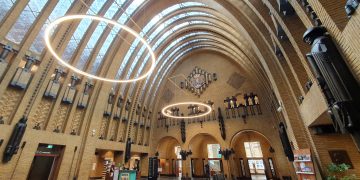
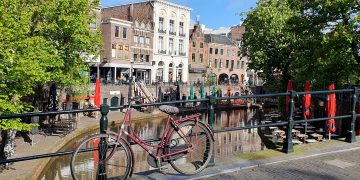
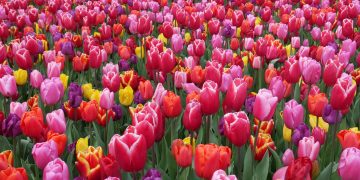

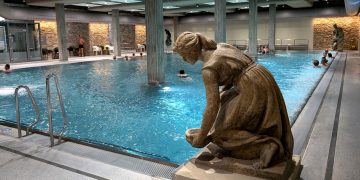
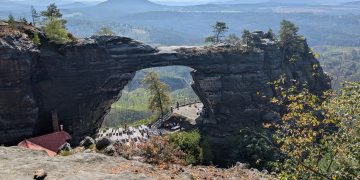
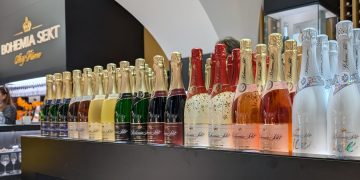
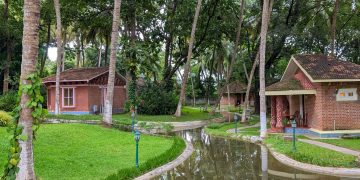
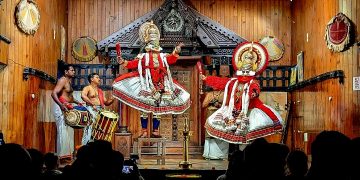
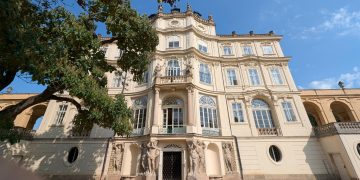
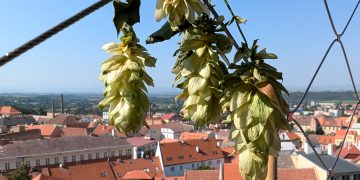

 RECIPES WITH A STORY
RECIPES WITH A STORY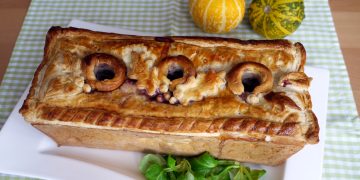
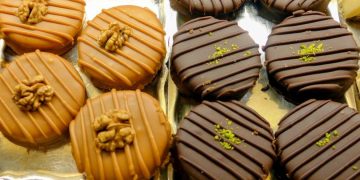


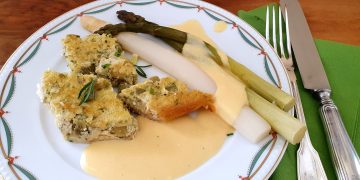
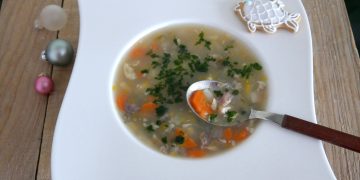


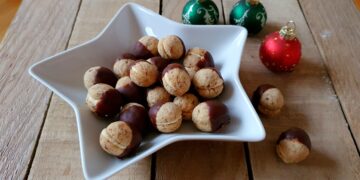

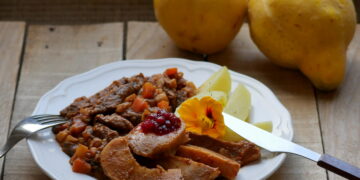
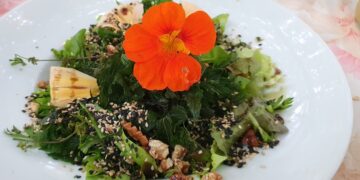
 AUSTRIA-VIENNA
AUSTRIA-VIENNA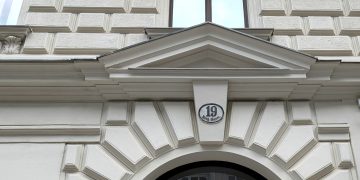
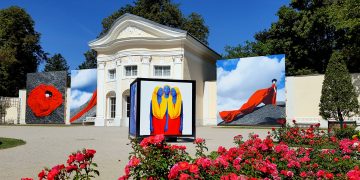
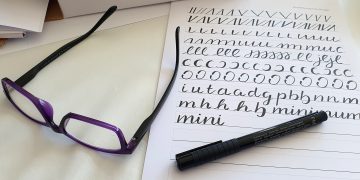
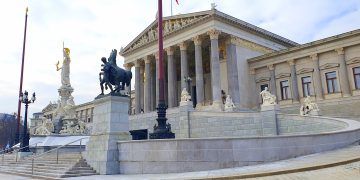
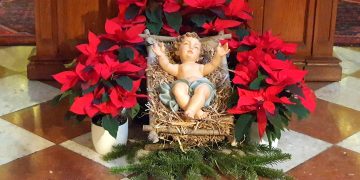
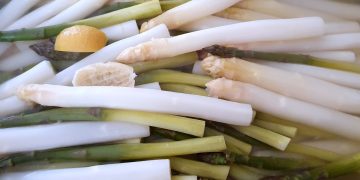
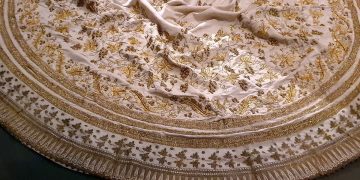
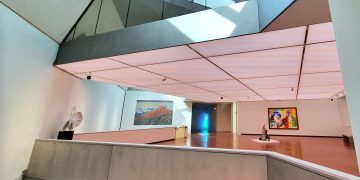
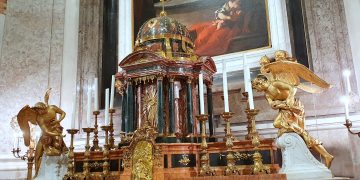
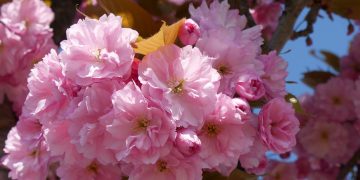
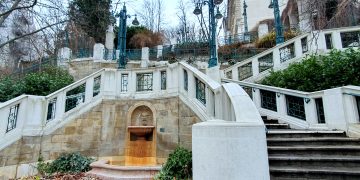

 SLOVAKIA-BRATISLAVA
SLOVAKIA-BRATISLAVA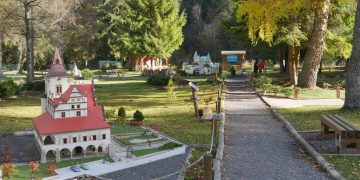
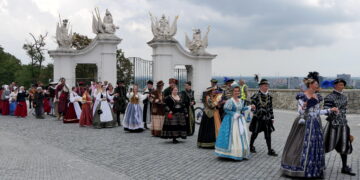

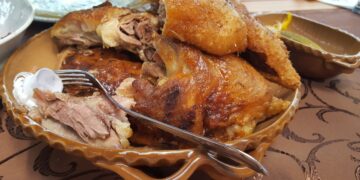
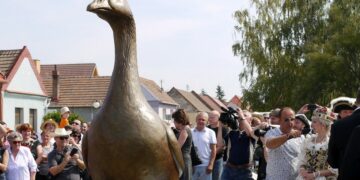
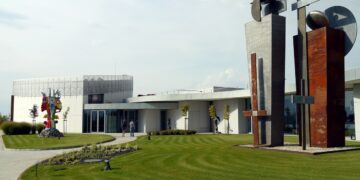
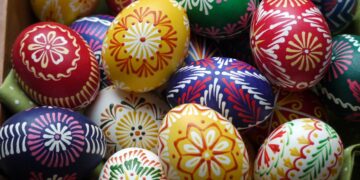
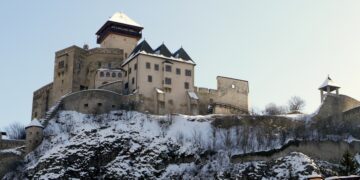
 EVENTS
EVENTS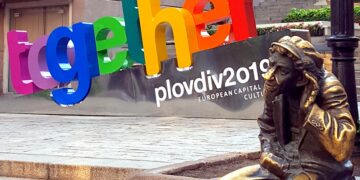
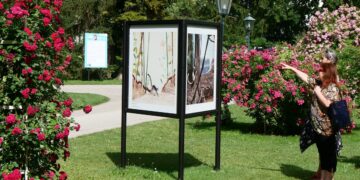
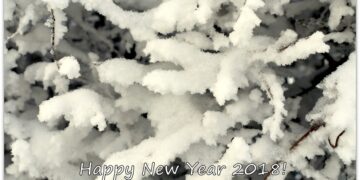
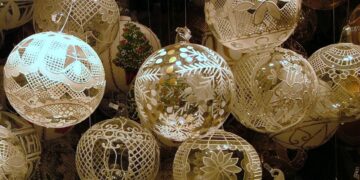
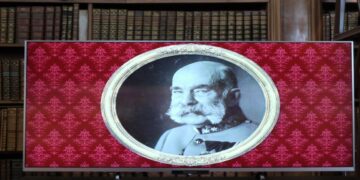
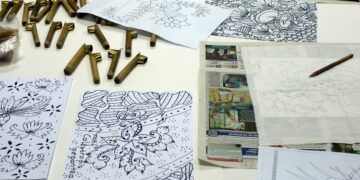
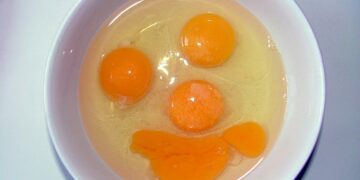

 INTERVIEWS
INTERVIEWS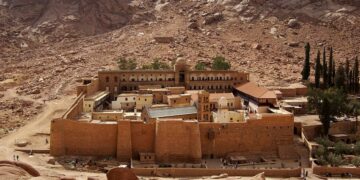

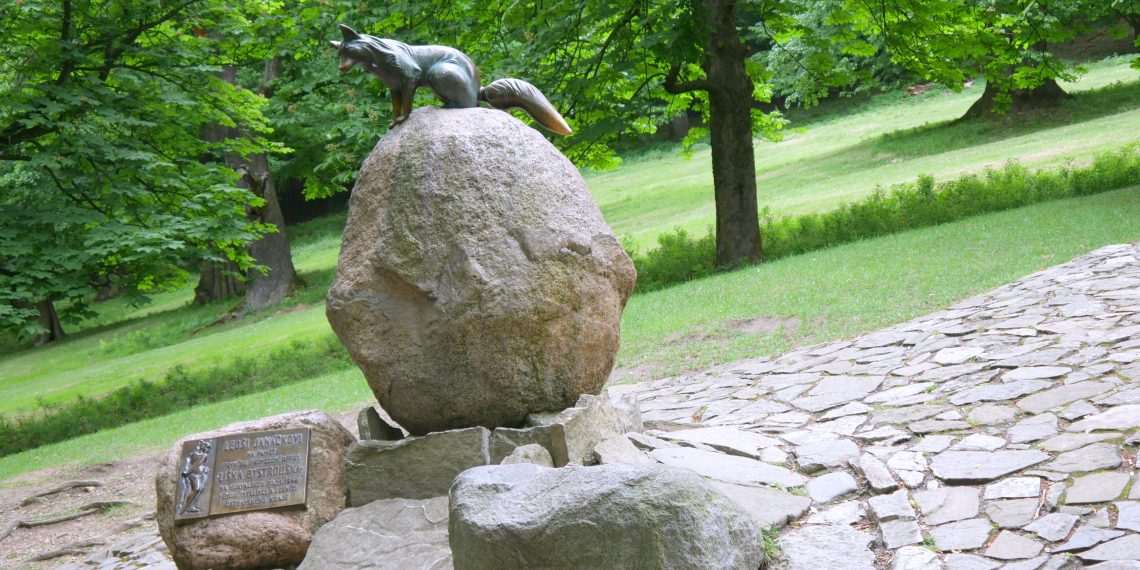





 TON – Where the Best-selling Chair in the World is Produced
TON – Where the Best-selling Chair in the World is Produced Masala Dosa – A Typical Breakfast in Kerala
Masala Dosa – A Typical Breakfast in Kerala

